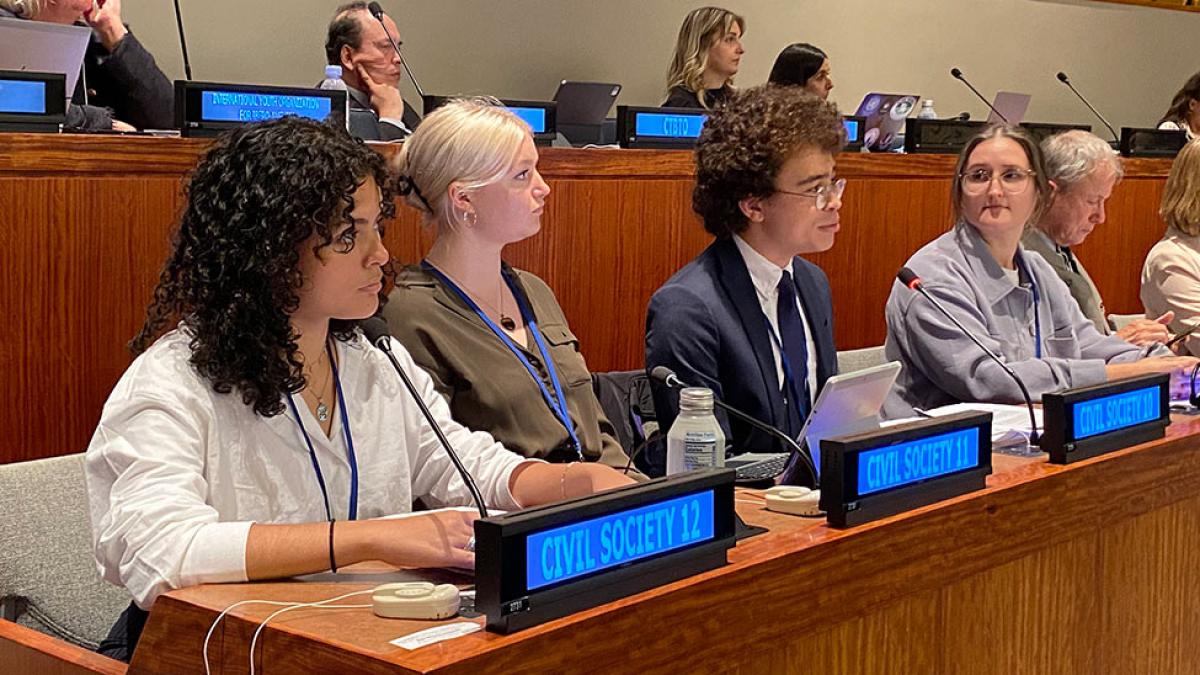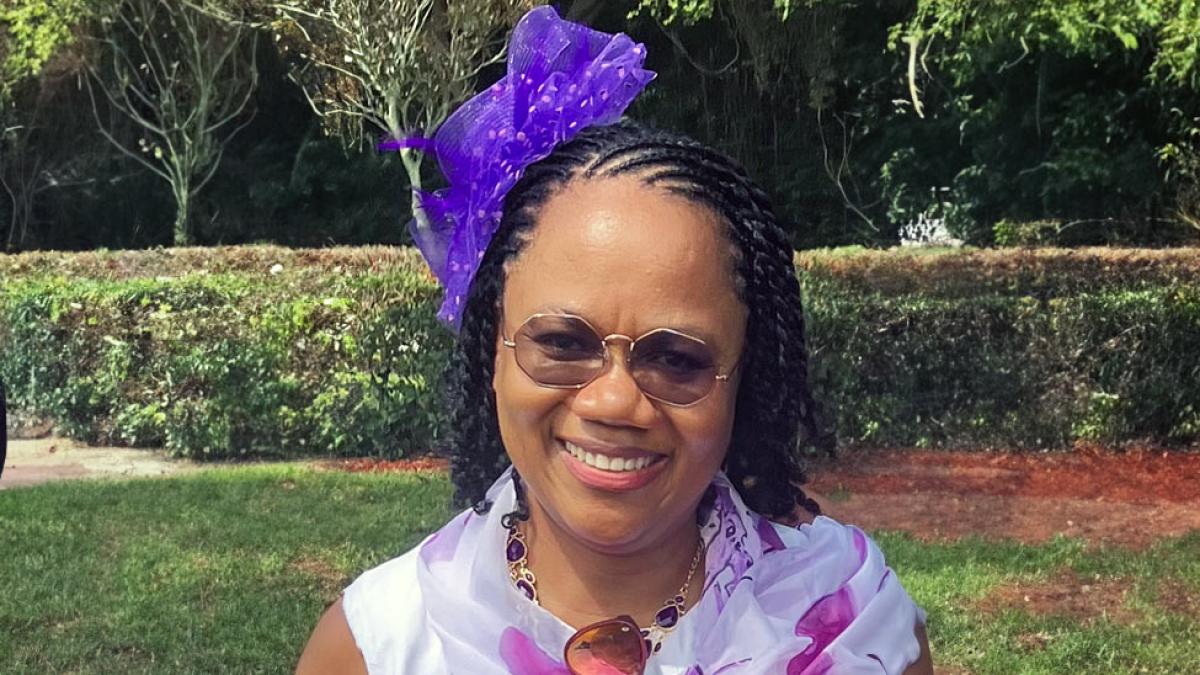
The Amelia A. Gould Assistantship: Providing Faculty and Students with a Canvas for Creative Expression
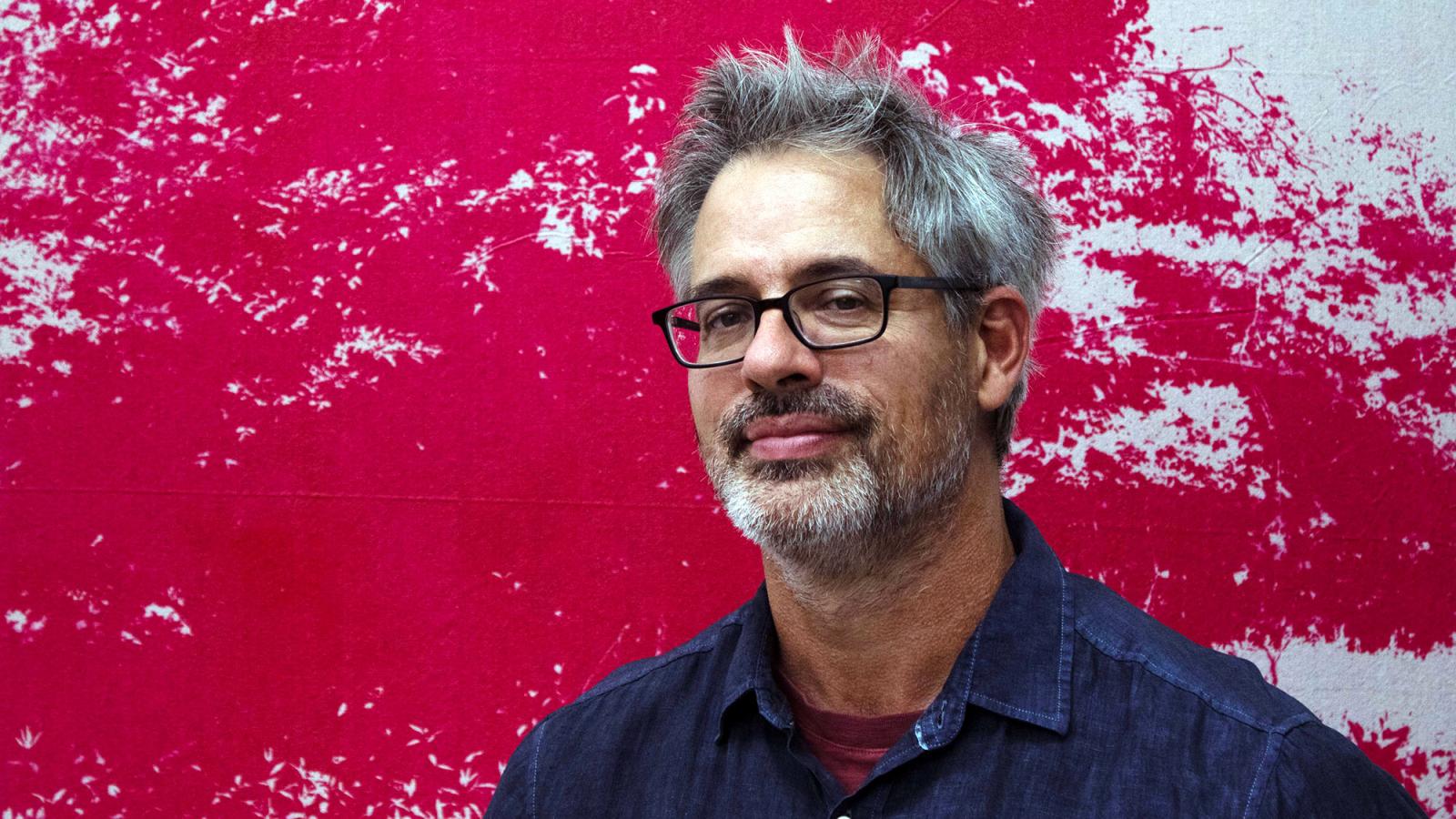
This past summer 2023, Clinical Assistant Professor of Art Derek Stroup, MFA, and Katie Romanyshyn ‘25, Film and Screen Studies, engaged in a faculty-student collaboration that expanded both of their creative boundaries and artistic possibilities in the most unexpected of ways.
Their work together was made possible by the Amelia A. Gould Undergraduate Research Assistantship, offered through the Provost Office’s Center for Undergraduate Research Experiences Summer Undergraduate Research (CURE) program. This exciting new funding opportunity at Pace supports projects in the creative arts, pairing faculty who are working professionals in their fields with an undergraduate student.

Stroup, an artist who also coordinates a partnership Pace has with the International Center for Photography, where students take innovative, professional studio courses that complement the curriculum offered on the New York City campus, joined forces with Romanyshyn, a student in his digital photography class. Together, they created a series of large-scale photographic screen prints on canvas, a continuation of Stroup’s Radiant Fields series.
The faculty-student team began their work together with a necessary two-person endeavor, the crucial first step of stretching the canvas in Stroup’s studio in Brooklyn. The intricate process that followed included coating large pieces of canvas with a light sensitive photo emulsion, covering them, once dry, with a large negative, and then exposing them to light. After a final water rinse, the resulting images were something between a painting, screen-printed textile, and photography.
Said Romanyshyn, “One of the main things I learned was how to work for and with a fellow artist since artwork has always been a solitary endeavor for me. Professor Stroup has so much knowledge he’s willing to share and made me feel comfortable and excited to try new things.”
Over the next couple of weeks, active steps interchanged with the art of waiting, until the piece was complete, requiring the kind of discipline, skill, and patience artists know well.
To elevate the mundane
Unlike the vast, monumental spaces captured by American landscape photographer Ansel Adams, Stroup’s images in his Radiant Fields series are that of weedy environments—that is, places where nature runs wild, such as overgrown fields and cracked sidewalks—and in which plants such as dandelions inherently recognize how to use the sun’s rays to thrive. With the format of canvas print, as opposed to something digital, Stroup is thus making solar radiation tangible, tactile, and physical with his art.

In showcasing these “radiation landscapes,” Stroup is also highlighting an aspect of nature that is not traditionally regarded as existing for humanity’s benefit, but rather pursuing life in its own inconspicuous way, while also being part of an ecosystem that adapts and changes with a beautiful complexity that is often beyond human awareness.
And it is this “ordinariness” that really interests Stroup.
He said, “I am much more in this category of artists who try to work in the ordinary world and, much more, the kind who is trying to reawaken myself, and to re-sensitize myself, and hopefully viewers, to the possibilities of regular things.”
Experiential learning
Back on campus in the Art department, Romanyshyn also worked with Stroup to rebuild his professional website, involving the very detailed task of documenting his prolific works, which go beyond photography and include posters, books, and other publications. Romanyshyn mastered WordPress—the industry standard for web content management—in the process.

As a faculty mentor, Stroup also understands the importance of getting out of the studio and into the world, echoing the theme of experiential learning at Dyson that goes beyond the classroom. With this in mind, they embarked on an early morning on-location photo session at Jacob Riis Beach.
Earlier, Romanyshyn had read the unpublished manuscript for a new book of fiction by Stroup, and she encouraged him to finish it. Together, they decided to create a series of photographs for the text. Romanyshyn found a model, researched visual ideas for the photographs, and worked on all aspects of this on-location production at Jacob Riis.
On the importance of funding artists
For too long, and as exemplified in its extreme form by the phrase “starving artists,” artists have often sacrificed material well-being to bring their creative talents to the world.
Stroup, however, stresses the importance of not accepting this as the norm, and contends that artwork qualifies as real work. He notes that he could not have completed his recent projects if it were not for Romanyshyn and the financial support of the Amelia A. Gould Foundation, which provided a generous stipend for Romanyshyn over the course of the summer.
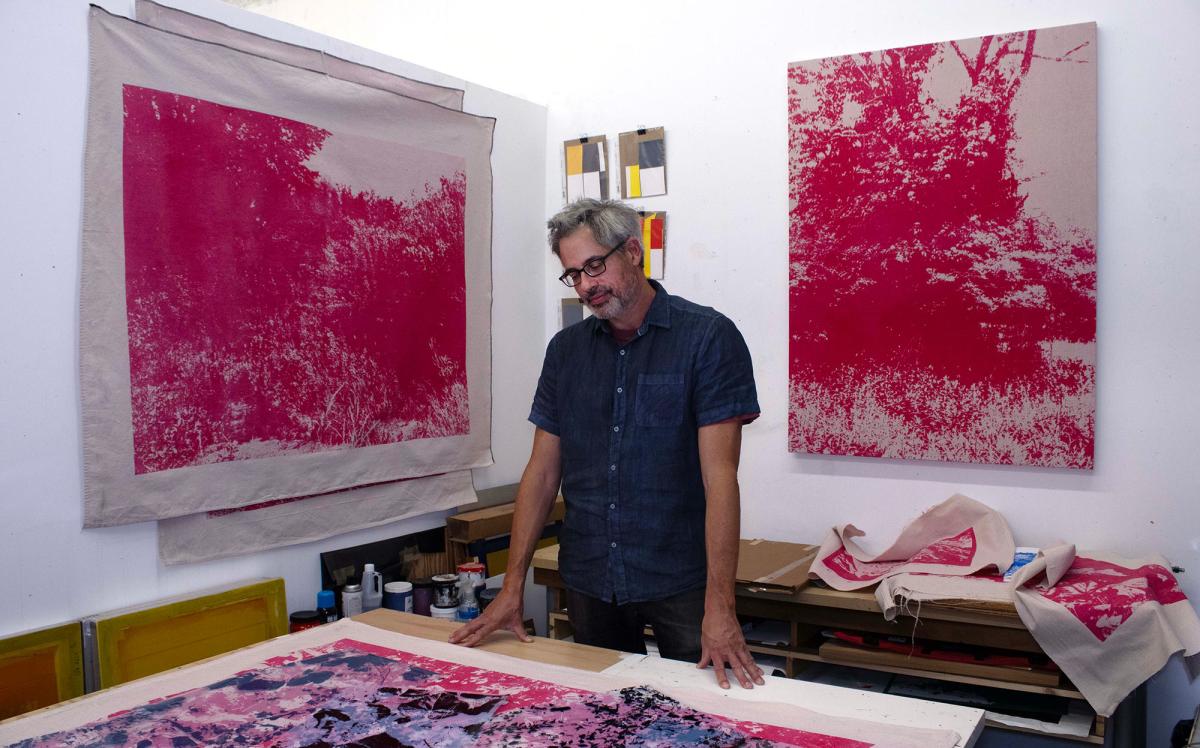
He said, “I hadn't done anything like this before in my career, and it was a really, really positive experience for everybody. And I could not have done that without the grant.”
An exhibition of equity
The mission of the assistantship, which is to both provide faculty with research support while enhancing opportunities for student-faculty collaboration in the creative arts, had also been wonderfully fulfilled in the case of Stroup and Romanyshyn.
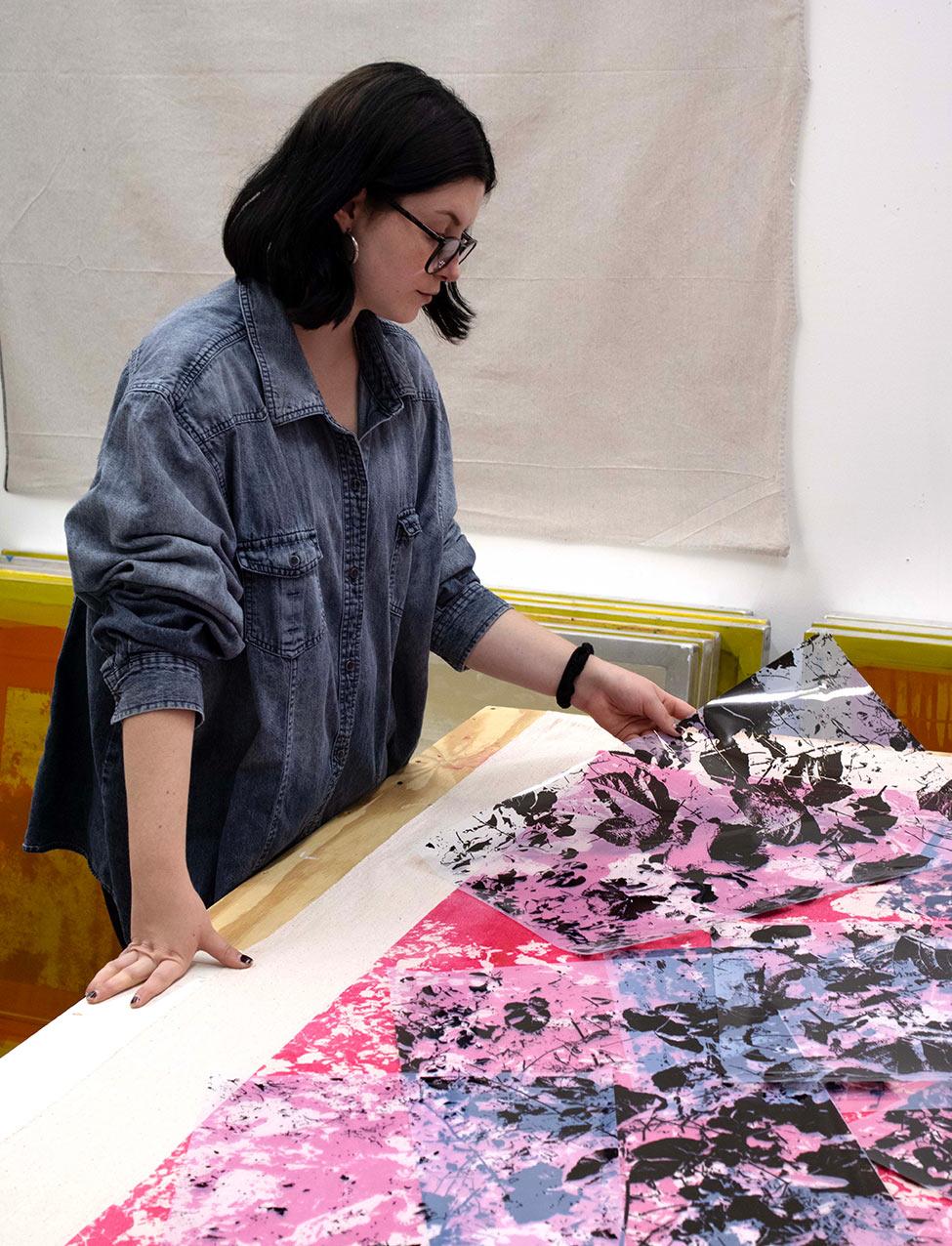
Stroup is grateful to Romanyshyn for making his studio practice more visible to the world and in a better way, and Romanyshyn, a Film and Screen Studies major whose interest lies in digital storytelling, received professional training in various documentary practices while also working in an actual artist studio.
In addition to the artistic skills she developed as part of this work, Romanyshyn, who stepped out of her comfort zone with a move from a small New Jersey town to New York City to attend Pace, learned something less tangible but equally important: to put herself out there and to not fear rejection, which she contends resulted in her personal growth.
This did not go unnoticed by Stroup.
He commended her for her drive and bravery when she first asked him to be mentored as part of this assistantship, which in turn motivated his desire to make this collaboration come to fruition. And so, both faculty member and student worked to complete the application process together, and the rest is artistic history.
Said Romanyshyn, “This whole experience was very, very meaningful for me. Professor Stroup’s belief in me as a student and artist is probably the most meaningful part of it and his admiration for my commitment and work ethic was the cherry on top.”
Stroup’s prints on canvas completed with Romanyshyn will be featured in his solo exhibition, “Radiant Fields” at KPNZ gallery in Walton, New York in 2024.
All photos accompanying this article by Katie Romanyshyn.
Dyson Digital Digest: Fall 2023
On Wednesday, October 11, Political Science and Peace and Justice Studies students Ellis Clay ‘25, Antje Hipkins ’24, and Jasmine Cintron Soto ’25 delivered statements to the United Nations General Assembly First Committee, a forum focused on global disarmament and international security.
Through a new combined degree program, students can now earn a Bachelor of Science in biology from Pace in three years before completing a Master of Science in Ecology and Society at Costa Rica’s University for Peace (UPeace) in under two years.
Jamaican-born alumna and physician builds on her foundation as a Dyson student by sharing her medical knowledge and instilling confidence as a children’s book author.
